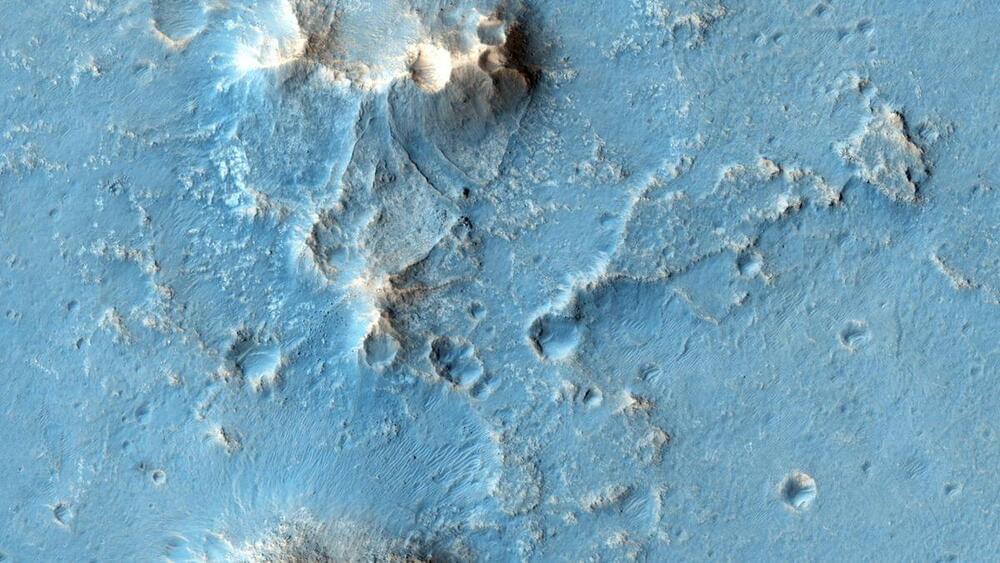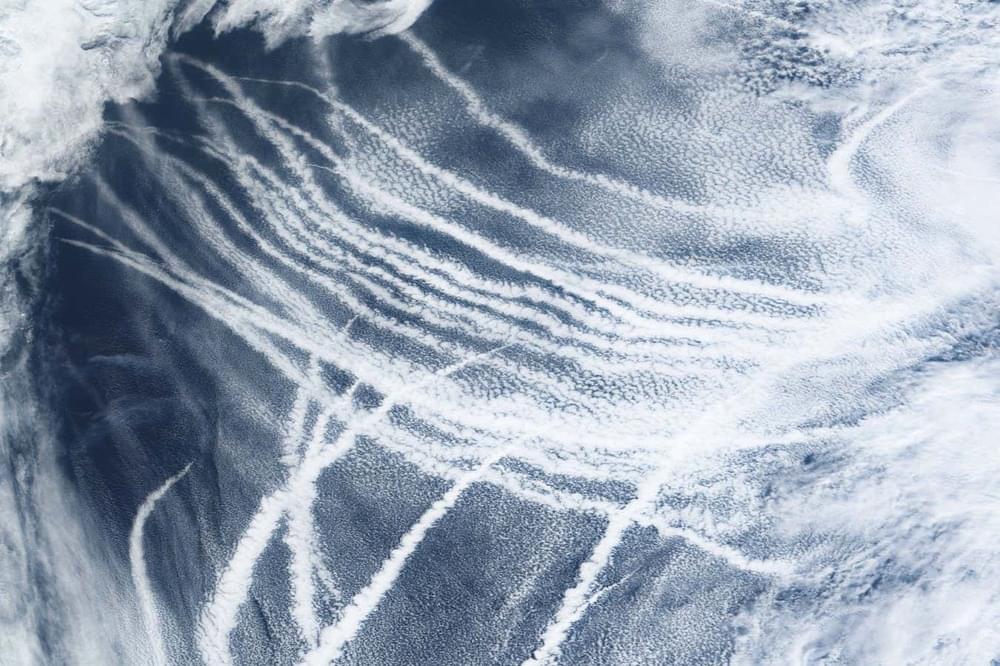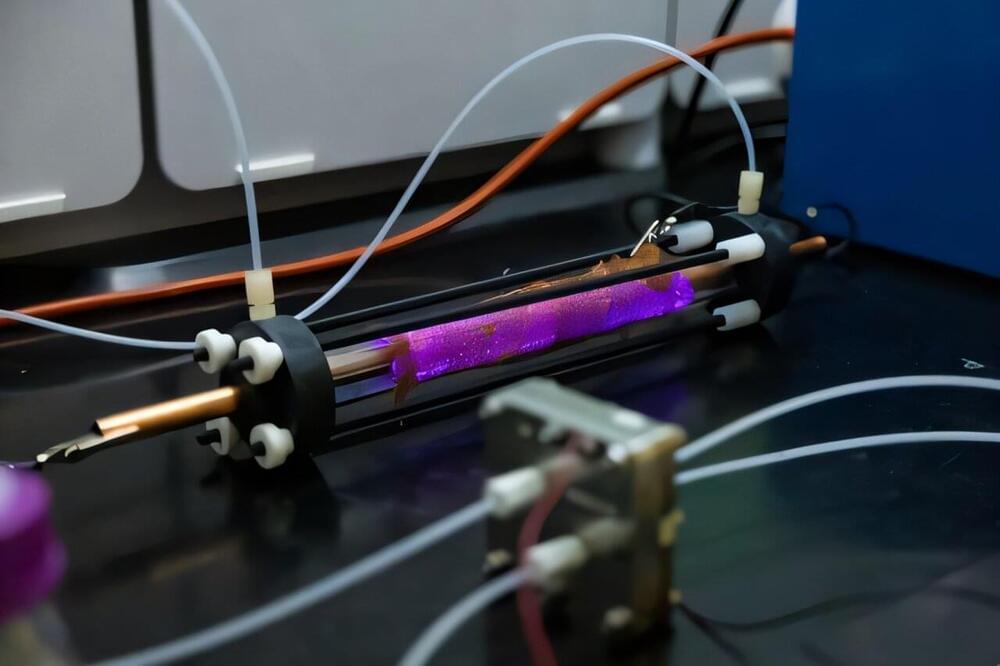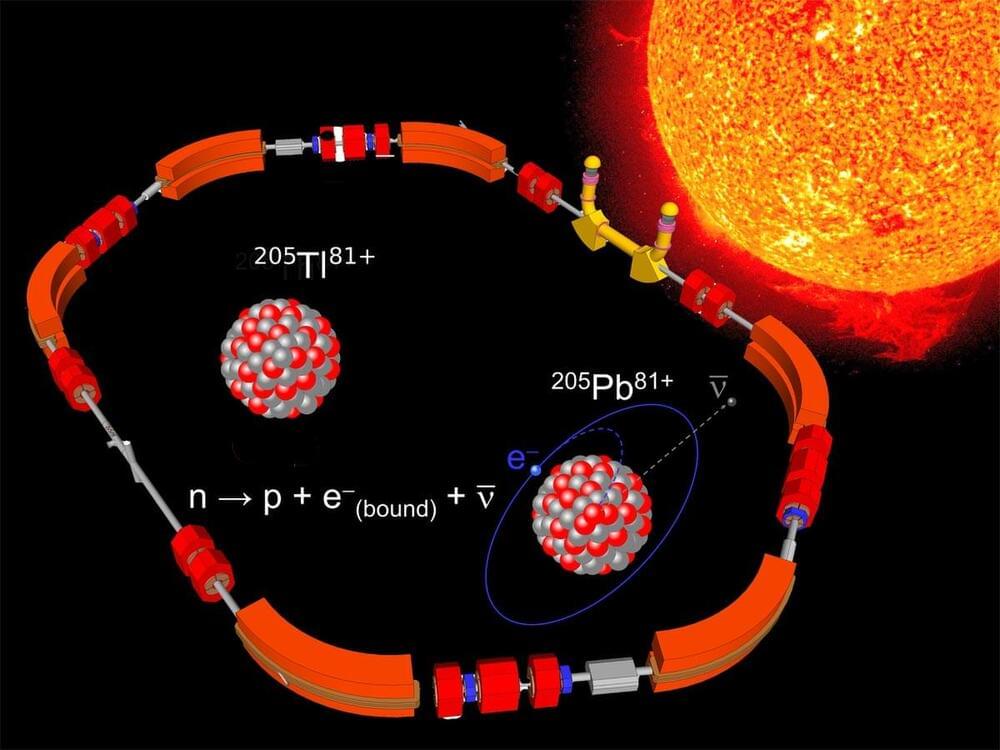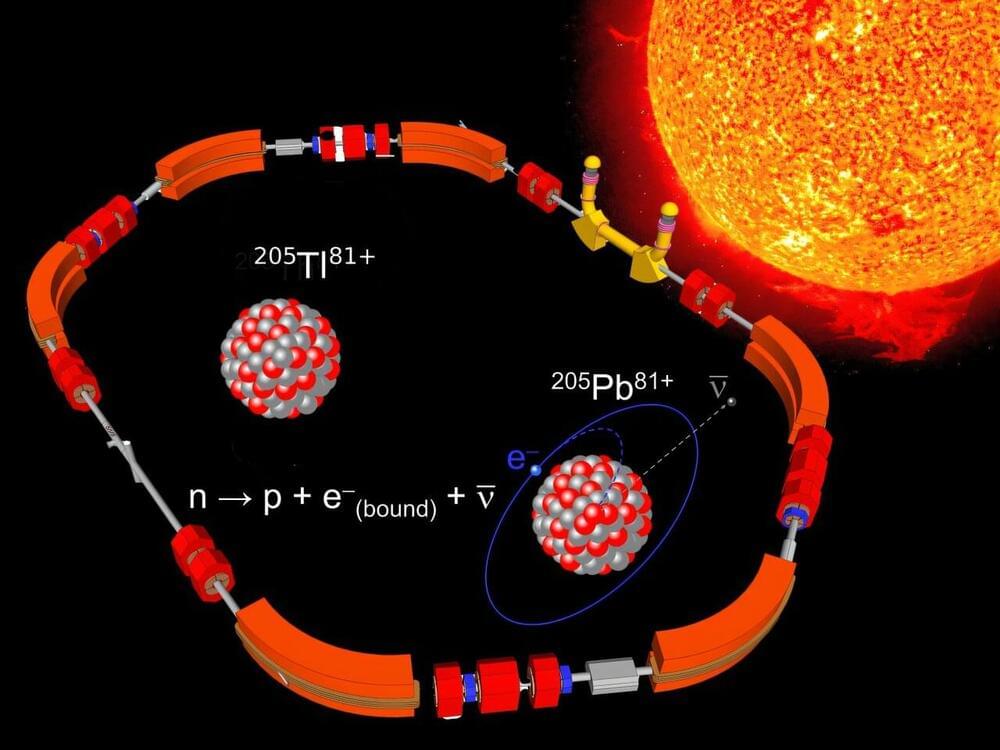Dec 26, 2024
Why are we seeing more pandemics? Our impact on the planet has a lot to do with it
Posted by Jose Ruben Rodriguez Fuentes in categories: biotech/medical, climatology, sustainability
Healthy, stable ecosystems provide services that keep us healthy, such as supplying food and clean water, producing oxygen, and making green spaces available for our recreation and wellbeing.
Another key service ecosystems provide is disease regulation. When nature is in balance – with predators controlling herbivore populations, and herbivores controlling plant growth – it’s more difficult for pathogens to emerge in a way that causes pandemics.
But when human activities disrupt and unbalance ecosystems – such as by way of climate change and biodiversity loss – things go wrong.


